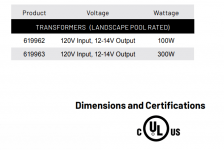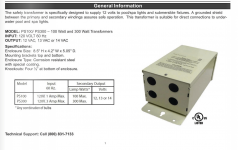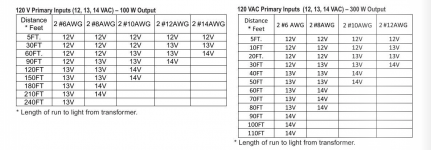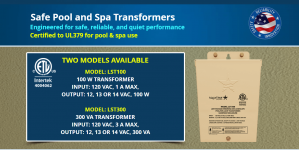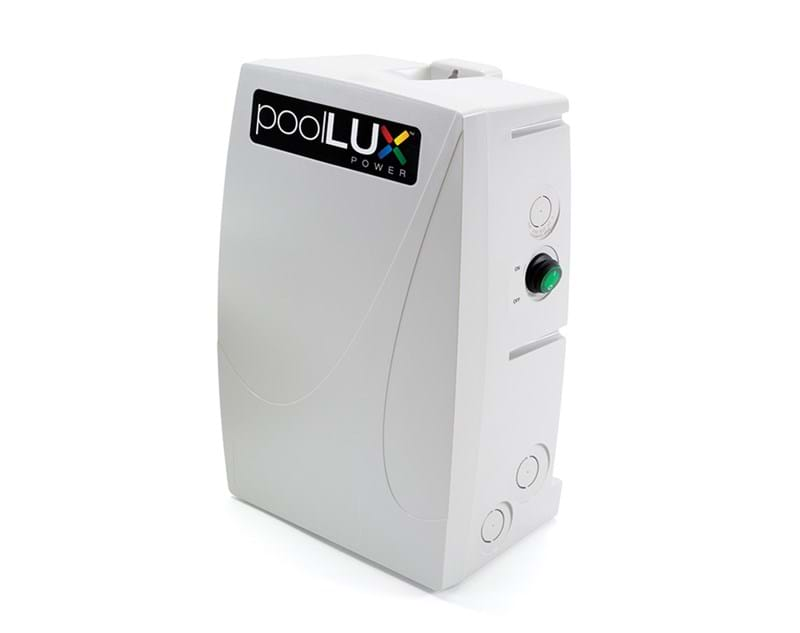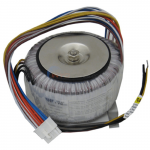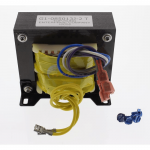Designed for easy installation, consistent performance and longevity, VOLT® transformers are the best on the market and the ideal choice for any low voltage outdoor lighting system.
All VOLT® transformers are backed by our lifetime warranty and are ETL listed to UL standards.
They each feature toroidal cores, weatherproof stainless steel cabinets, timer and photocell receptacles and magnetic secondary circuit breakers for each 300W common circuit.
Magnetic transformers use two coils to reduce the voltage from 120 volt down to 12 volts.
The primary coil carries the line voltage (108V to 132V).
The flow of electricity through the primary coil induces a magnetic field that creates a current in the secondary coil.
Since the secondary coil has 1/10th the number of windings, it creates a current with 1/10th the voltage.
There are two types of magnetic landscape lighting transformers.
These vary by the type of core:
Laminated/stacked cores (also known as EI type).
Laminated or stacked windings have sheets wrapped in copper wire that are then stacked or laminated together to make a core.
This is the more common, less expensive method for manufacturing a core.
These are less efficient, run hotter and are noisier than toroidal cores.
Toroidal cores.
These are one solid unit shaped like a donut and have the windings wrapped around the donut, in and out of the donut hole.
Toroidal cores are more efficient, experience less buzz and run cooler but are more expensive to make.
Lighting systems with relatively high loads - such as 10 or more fixtures - benefit the most from toroidal cores.
VOLT® toroidal cores are more energy-efficient, quieter and cooler than EI laminated-types.
This is especially important for larger capacity transformers.
Shop the best low voltage transformers for outdoor lighting. Easy to install. Built for reliable performance & longevity. Free shipping & lifetime warranty.

www.voltlighting.com




